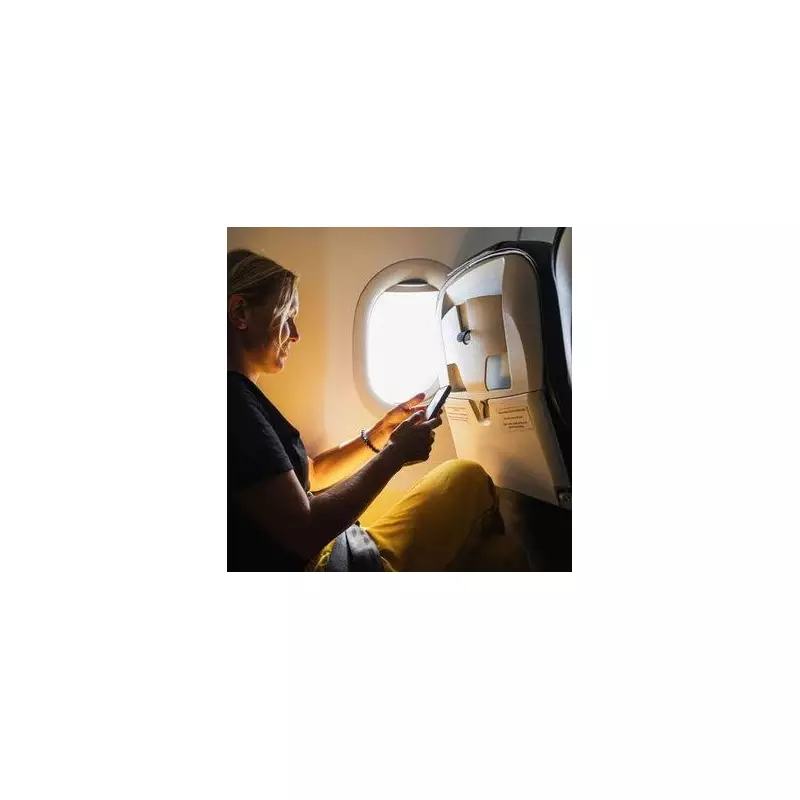
Frequent flyers searching for the ultimate smooth flight experience have been handed a game-changing revelation by aviation experts. The secret to minimising turbulence discomfort lies not in luck, but in strategic seat selection.
The Sweet Spot Revealed
According to aviation professionals, the most stable and comfortable position during turbulent conditions is directly over the aircraft's wings. This area experiences significantly less movement because it's closest to the plane's centre of gravity and lift points.
Doug Drury, Professor of Aviation at CQUniversity Australia, explains: "The wings essentially function as the aircraft's balancing point. Sitting directly above them means you're positioned at the heart of the plane's stability system."
Why Wing Seats Win
The science behind this travel hack is straightforward physics. When turbulence occurs, the entire aircraft moves, but the wing area experiences the least dramatic motion. Think of it as the fulcrum point on a seesaw - while the ends move up and down considerably, the centre remains relatively stable.
Professor Drury elaborates: "Just like a seesaw, the nose and tail of the aircraft tend to bounce more dramatically during turbulence, while the central wing section maintains greater stability."
Seats to Avoid for Nervous Flyers
For those particularly sensitive to aircraft movement, the rear of the plane presents the most challenging experience. The tail section acts like the end of that seesaw, amplifying every bump and jolt.
Similarly, seats at the very front of the aircraft tend to feel more movement than the coveted wing positions. While business class passengers enjoy more legroom and service, they don't necessarily get the smoothest ride in terms of turbulence.
Additional Benefits of Wing Seats
Beyond turbulence reduction, wing seats offer several other advantages:
- Quieter experience: Being further from the engines than rear seats
- Faster disembarkation: Better positioning than rear seats when leaving the aircraft
- Balanced comfort: Avoids the extremes of both front and rear motion
Expert Booking Tips
Most airlines now offer detailed seat maps during booking, making it easier than ever to secure these prime positions. While some carriers charge extra for wing-adjacent seats, many travellers find the additional cost worthwhile for a more comfortable journey.
Professor Drury advises: "For the absolute best experience, look for emergency exit rows near the wings. You'll get both stability and extra legroom, though these seats often come with additional responsibilities."
This simple seating strategy could transform your next flight from a white-knuckle experience to a remarkably smooth journey. The difference in comfort levels might just make you a wing-seat convert for life.





